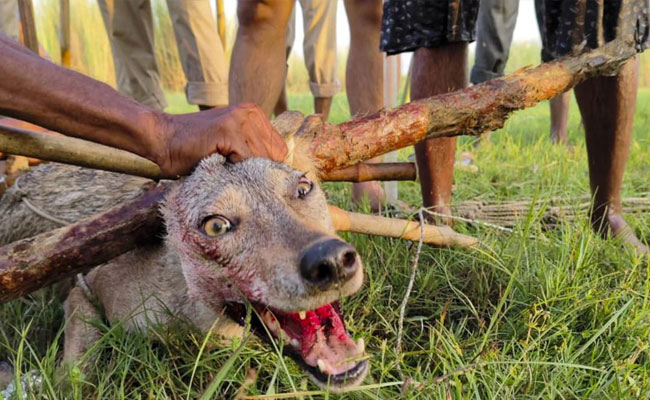Dubai: A Saudi man in a speeding car crashed into the outer gates of Makkah's Grand Mosque late Friday night, the country's state-run news agency reported.
The crash happened around 10:30 pm and saw the man's car ram through a barrier and keep driving until it hit the gate on the Grand Mosque's southern side, the Saudi Press Agency said.
Authorities arrested the man inside, who appeared in an abnormal" condition, the agency said, without elaborating. Police referred them man to prosecutors for possible charges, according to the report.
Video on social media corresponded to the news agency's account, with security forces later pushing the damaged sedan away. Footage broadcast on the state-run Quran TV satellite channel showed people inside circling the Kaaba before and after the crash.
A driver rammed his car into Door 89 of the Grand Mosque in Mecca (Masjid al-Haram) at 22:25pm Saudi time.
— Faisal | فيصل (@faisaledroos) October 30, 2020
The driver was arrested and based on video footage posted on social media, local media reports, there were no casualties. pic.twitter.com/CzNKWq5OO5
Let the Truth be known. If you read VB and like VB, please be a VB Supporter and Help us deliver the Truth to one and all.
Udupi: A delegation of the High Court Bench Struggle Committee met and submitted a petition to the Karnataka High Court Chief Justice Vibhu Bakhru at the Circuit House urging the opening of a High Court Bench in the coastal belt as well as a Mobile High Court Bench in Mangaluru.
MLC and convener of the Committee Ivan D’Souza, who spoke to the Chief Justice on the occasion, explained that the people of the coastal belt find it difficult to travel to Bengaluru to fight a petition in the High Court. The problem only aggravated during monsoon. D’Souza added that there was a delay in clearing the cases of Udupi, Chikkamagaluru and Kodagu districts, which was causing further inconvenience to the people.
The MLC, who pointed out that Chief Minister Siddaramaiah had also shown his preference for establishing a High Court Bench in the coastal region, requested for an approval to establish a Mobile High Court Bench first.
ALSO READ: VHP warns of statewide stir in Karnataka against move to ease cattle transport law
Responding to this request, Chief Justice Bakhru assured to take action on the request as soon as possible.
The delegation included Mangalore Bar Association President Raghavendra HV, Dakshina Kannada Principal Government Pleader MP Noronha, General Secretary Sridhar H, Udupi Bar Association President Reynold Praveen Kumar, General Secretary Chandrashekhar Shetty, Vice-president Devadas V Shettigar and Brahmavar Bar Association President Kadoor Praveen Shetty.





